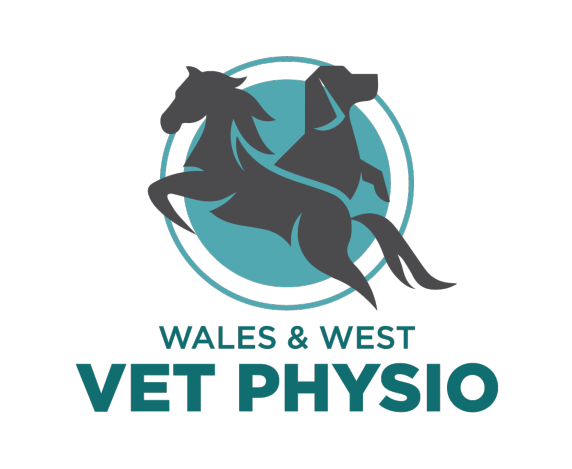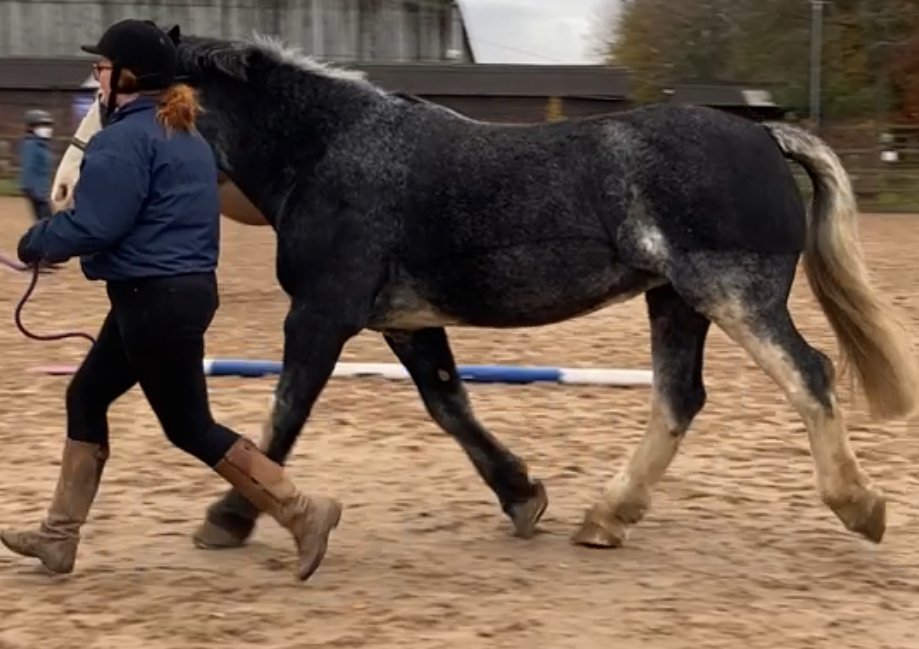The Thoracic Sling…..
It all begins with an idea.
I’ve been seeing a few horses recently which have had tight and sore necks - their owners reporting a mixture of symptoms including stiffness when turning, dropping poles when jumping or poor hindlimb engagement . It got me thinking about the impact of the thoracic sling on movement elsewhere in the body, and the difference it can make to a horses comfort and/or their performance … here’s a short explanation ….
Muscles which comprise the Thoracic Sling in Horses
What is it ?
The thoracic sling, is a complex collection of muscles, tendons, and ligaments in the chest region , which is responsible for the connection between a horse's front legs and its core. It forms a ring of support in the chest region , which supports the rib-cage and the forelimbs - but with no bony attachment to the main skeletom- these muscles and ligaments need to be strong and flexible . Humans have a clavicle bone which attaches our shoulder to our skeleton, but horses don’t have this.
Show me the muscles!
In the picture at the top of the post , it’s made up of the serratus ventralis (purple), trapezius (green) , subclavicus (blue), brachiocephalacus (red)and the three pectoral muscles (orange, yellow and pink) as well as the nuchal ligament (dark yellow on the neck), and is the link which facilitates weight transfer, balance, and efficient locomotion.
Why is it important?
Its function is to maintain stability and balance when turning , circling , extending a stride or leaving the ground. Whilst the power may come from the hind limb- it’s the forelimbs which predominantly determine the stride length. A horse which struggles to bend, perf an extended trot , or which has fences down (particularly in front) may well have a reduced thoracic sling movement. The horse is effectively unable to get their shoulders out of the way to move the rib cage to one side for circle work, or raise the shoulders enough to clear the fence or extend the stride.
How can I tell if my horses thoracic sling is ok?
There are a few symptoms which can suggest the sling isn’t operating as effectively as it could . One symptom to look for when trotting - the horse picks up the hind limb before picking up the front limb , rather than moving as a true diagonal pairs. Biomechanically - the hind limb runs out of space because it’s being blocked by the front limb - which means the hind limb cannot fully reach underneath the body limiting hindlimb engagement. Equally the forelimb comes much further back under the rider than is ideal for the elbow joint.
This horse is demonstrating movement typical of a reduced thoracic sling. The left hind limb has been lifted off the floor ahead of the right fore. Notice how far back the forelimb is travelling when compared with the forward reach of the hindlimb.
If you can imagine- this makes the hind limb stride more choppy and that to maintain the same stride length- the horse is going to have to extend the leg behind it more than it normally would- hollowing the spine, stressing the lumbosacral joint , the sacroiliac joint and the hock joints . The lower lumbar muscles usually aren’t too happy either and we all probably have suffered lower back pain ourselves …..
How does it affect jumping?
A strong thoracic sling provides horses with a storage and release mechanism for energy, propelling them over the obstacles. With a robust sling, horses can clear jumps with remarkable ease and agility.
The muscles and tissues within this structure possess the ability to stretch and contract, effectively absorbing shock and adapting to various terrains and movements. Along with the leg tendons - the sling absorbs concussive shock. If it’s not fully optimal, the tendons take up the additional concussion making them more prone to injury.
It evenly distributing forces during movement, minimising strain on muscles and joints and by association , overuse injuries. It is an intelligent and adaptive feature that safeguards the horse's physical health.
So, how can we improve it ?
Targeted exercises and conditioning programs are highly effective. Activities such as pole work, hill training, and lateral movements can make a substantial difference. The caveat here - is the the horse must engage his/her core abdominal muscles - going around with their necks like a giraffe isnt going to do it 😂.
However, neither is working a horse super long and low - too low in the neck and the lumbosacral joint and sacroiliac joint are going to be under more stress - so by asking the horses nose to be roughly level with the chest is about right- it does depend slightly on the length of the horses back but I think you get the gist.
Whether you are looking for an extra percentage in the dressage arena; a clear sj round or just want to avoid potential injuries in the future - this may be the key to unlocking the next stepped change in performance.
Other things to look out for include a hollow area behind the withers,running around with their head up; knocking fences or does the funny trot thing mentioned earlier - it’s possible (not definitely) that the thoracic sling could be the missing piece in the puzzle .
If you want to improve it in your horse- and would like a bit of help, I’m very happy to try and help you x
Sarah
07399 819647
HTTPS://www.walesandwestvetphysio.co.uk


